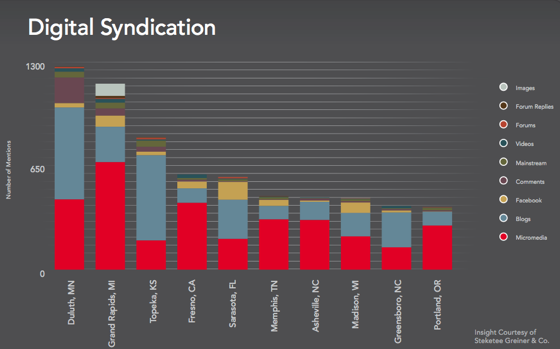This a list of the Best Selling iPhone Apps 2008 with a short description:
1. Koi Pond: Imagine gazing into a pond of crystal clear water.
Picture bright, playful koi swimming through its shallow depths.
So close… Can you touch them?
2. Texas Hold’em: Play like a pro against realistic opponents or with your friends over a Wi-Fi Network. Use all of the hints, tips, tells, and your mastery to gain access to exclusive rooms with higher-stakes and even bigger rewards!
3. Moto Chaser: Moto Chaser is an all-out pedal to the metal motorcycle race in the palm of your hand! With turns, jumps, and evil bikers lurking just around the bend.
4. Crash Bandicoot: Nitro Kart 3D: The richest 3D kart racing experience! Speed your way through 12 thrilling tracks and multiple environments! Race and battle against zany opponents and turn them to dust with 8 devastating weapons.
5. Super Monkey Ball: Let’s Roll! Guide a cute little monkey encased in a transparent ball to victory by tilting and rolling him through a variety of slopes and turns.
6. Cro-Mag Rally: Cro-Mag Rally is the wildest racing 3D game since man invented the wheel! You are a speed-hungry caveman named Brog who races through the Stone, Bronze, and Iron Ages.
7. Enigmo: A 3D puzzle game where you direct animated streams of flowing liquid so that the droplets get to their destination.
8. PocketGuitar: Turns your iPhone or iPod touch into a virtual guitar. You can press and strum strings, just like a real guitar.
9. Recorder: Record memos, discussions, interviews and ideas on your iPhone. Use it as a voice recorder or a sound recorder. Record for seconds or hours. Extremely simple one button interface.
10. iBeer: Brew and drink beer on your iPhone and iPod touch. This hilarious sight-gag is fully interactive and behaves like a real glass of beer thanks to the iPhone sensors and our spare time.








